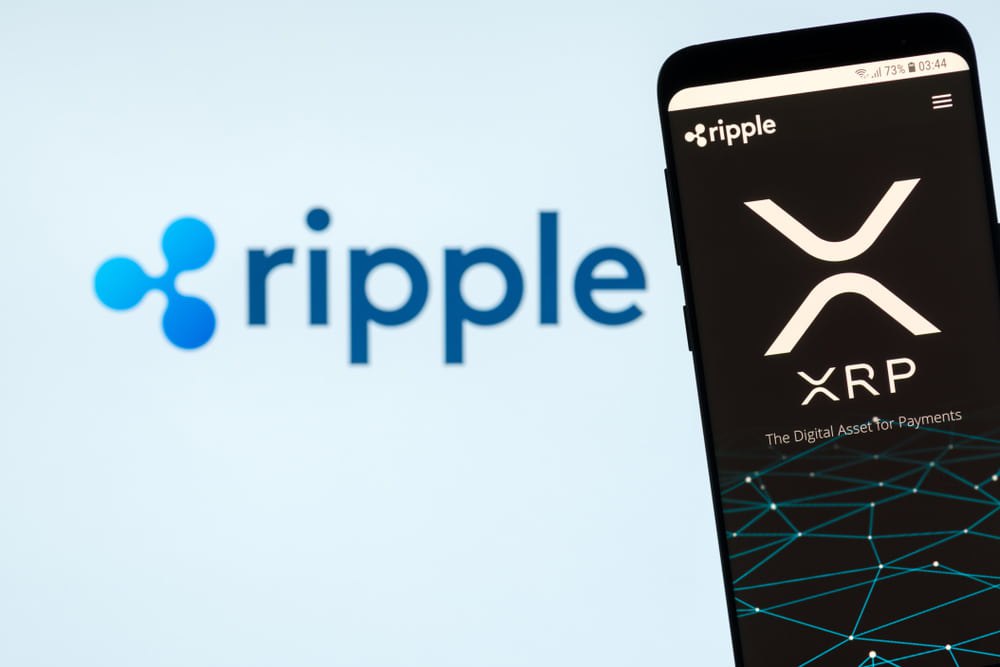In the ever-evolving landscape of cryptocurrencies, keeping abreast of market trends and future predictions is crucial for both seasoned investors and newcomers alike. Ripple’s XRP, a widely recognized digital asset, often finds itself in the spotlight due to its strategic developments and market activities. Ripple’s anticipated release of 1 billion XRP, valued at an estimated $2.2 billion, is set to occur on May 1. This event could temporarily influence the digital coin’s price trajectory. However, the potential long-term effects are mitigated by Ripple’s strategic approach to managing its supply.
The Impact of Ripple’s XRP Unlock on Market Dynamics
The cryptocurrency market is inherently volatile, and XRP’s recent performance exemplifies this. After experiencing a moderate upward trend since mid-April, XRP reached short-term peaks around $2.30. Unfortunately, the last 24 hours recorded a downward adjustment, with the asset falling 2.78% to settle at $2.23.
Understanding Ripple’s Escrow Strategy
Ripple’s scheduled unlocks form a part of their broader strategy, deeply intertwined with their longstanding escrow system. Typically, these releases are structured to minimize substantial market disruptions. However, an increase in supply can temporarily amplify existing downtrends, possibly explaining the recent dip in XRP value. During May, two specific Ripple wallets are set to become active. Ripple wallets 26 and 27 are to release a total of 1 billion XRP, comprising 200 million, 300 million, and 500 million tokens, respectively. This information was corroborated by analysis from XRPScan.
Short-lived Market Impact on XRP
Despite the anticipated volatility, any significant price impact is expected to be short-lived. Ripple is known for its practice of relocking most of the released tokens after allocating a portion for operational purposes. This approach effectively curtails any long-term negative effects on XRP’s market value.
External Influences on XRP Price
Several external factors continue to shape XRP’s price, including international trade tensions and the performance of prominent cryptocurrencies like Bitcoin. Most notably, the SEC’s decision to delay its verdict on Franklin Templeton’s proposed spot XRP exchange-traded fund (ETF) adds another layer of complexity, potentially impacting investor sentiment.
Is Ripple’s Plan Beneficial for XRP Investors?
Ripple’s strategy of periodically unlocking XRP serves as a mechanism to provide liquidity while supporting its ecosystem. By strategically relocking a significant portion, Ripple aims to maintain price stability, which can be beneficial to long-term investors who favor steady value growth over rapid fluctuations.
How Does Ripple’s Escrow System Work?
The escrow system is designed to regulate the release of XRP into the market, ensuring a controlled supply. Ripple places large amounts of XRP in escrow accounts, unlocking a predetermined portion each month to manage inflationary pressures and market impact effectively.
What Are the Potential Risks for XRP Holders?
While Ripple’s control over XRP supply can stabilize prices, it also means investors are partially reliant on the company’s actions, which could introduce risks if market conditions shift unexpectedly or if regulatory actions affect Ripple’s operations.
Could the SEC’s ETF Decisions Affect the Cryptocurrency Market?
The SEC’s stance on cryptocurrency ETFs significantly influences market perceptions and investor confidence. Delays or rejections of ETFs can introduce uncertainty, potentially leading to cautious market behavior and affecting prices across the crypto sphere, including XRP.
This comprehensive exploration of XRP provides a nuanced understanding of Ripple’s strategy, the potential market implications, and the broader influences affecting its price. By delving into these aspects, investors and enthusiasts can make more informed decisions within the dynamic landscape of cryptocurrency investments.

